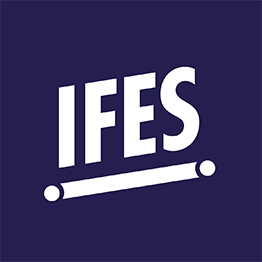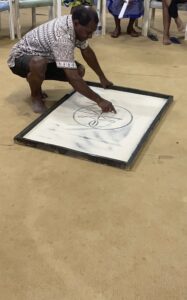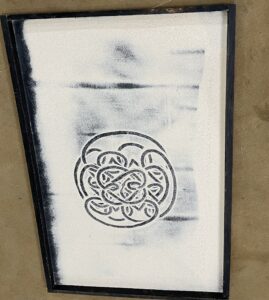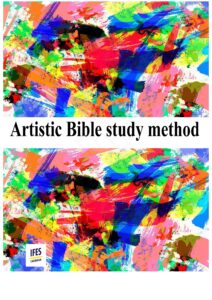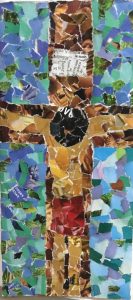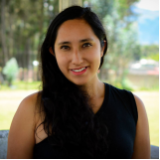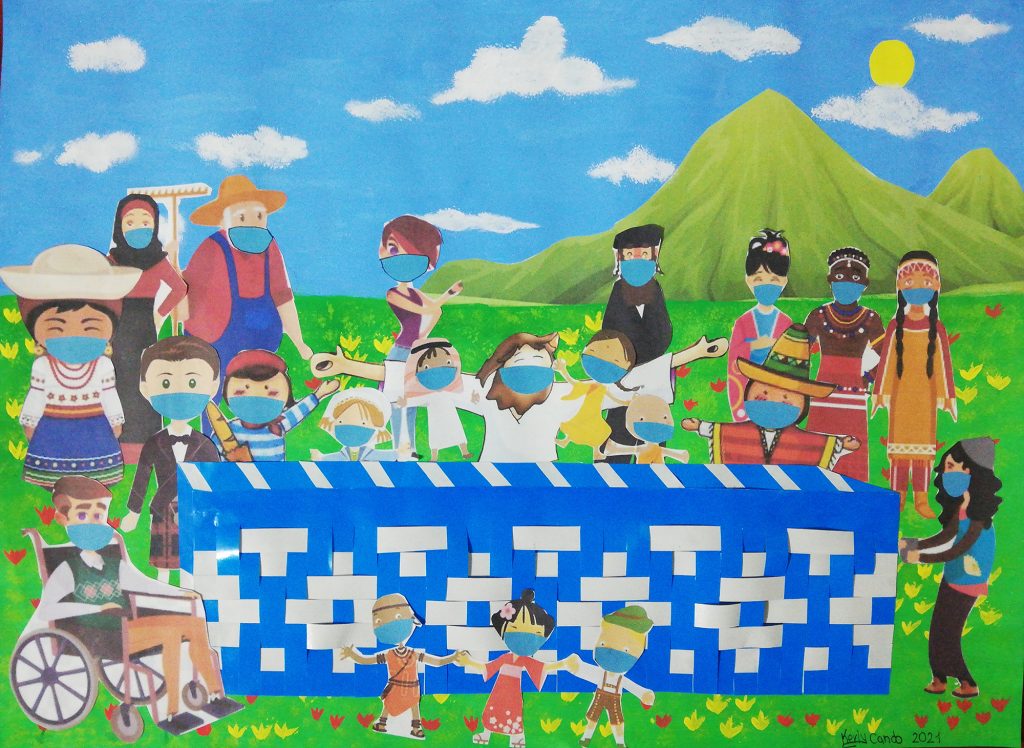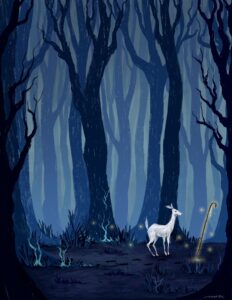 At a time when personal identity has become a key issue for the current student generation, our movement in Chile set out to revisit some of the things Jesus claimed about himself. Particularly, the seven times he says “I am” (the bread of life; the light of the world; the door; the good shepherd; the resurrection; the way, the truth and the life; the vine) in John’s Gospel. That’s why, in 2022, a team made up of two staff workers and one student created seven inductive Bible studies on each of these statements, along with an introduction study on the topic and a closing study. The aim was to share these studies with non-Christian friends.
At a time when personal identity has become a key issue for the current student generation, our movement in Chile set out to revisit some of the things Jesus claimed about himself. Particularly, the seven times he says “I am” (the bread of life; the light of the world; the door; the good shepherd; the resurrection; the way, the truth and the life; the vine) in John’s Gospel. That’s why, in 2022, a team made up of two staff workers and one student created seven inductive Bible studies on each of these statements, along with an introduction study on the topic and a closing study. The aim was to share these studies with non-Christian friends.
Each of these sessions includes a general introduction to the topic, a text to be examined, questions to discuss, and a hands-on interaction challenge, such as eating together, watching a video, or writing to someone to whom we are grateful. In this sense, the final session includes an invitation to acknowledge that Jesus is God and the Saviour he claims to be, after studying all the previous claims.
These studies were all published as booklets and shared with students across the country to be used in meetings with members of the movement and one or two non-Christian friends. However, these studies have also been used at student group meetings on campus.
As part of the project, artworks were created to depict each one of Jesus’ “I Am” claims. This enhances how the book is presented visually and also creates a resource to start conversations with classmates on campus. Each booklet included a set of postcards with these images, which can be carried around and used as a reference in these studies. Some students have made posters out of the digital files and put them up at their universities. Then, as people look at them, we can ask them, what strikes you about these pictures? Did you know that they depict something that Jesus claimed about himself?
We pray that God will be able to use these resources so more people can get to know His Son, and that members of the movement and other Christians will be excited to share more about the life of our Lord Jesus.
[Today the files are available to anyone who wants to use them here]
Owen Bull
Staff worker, GBU Chile
